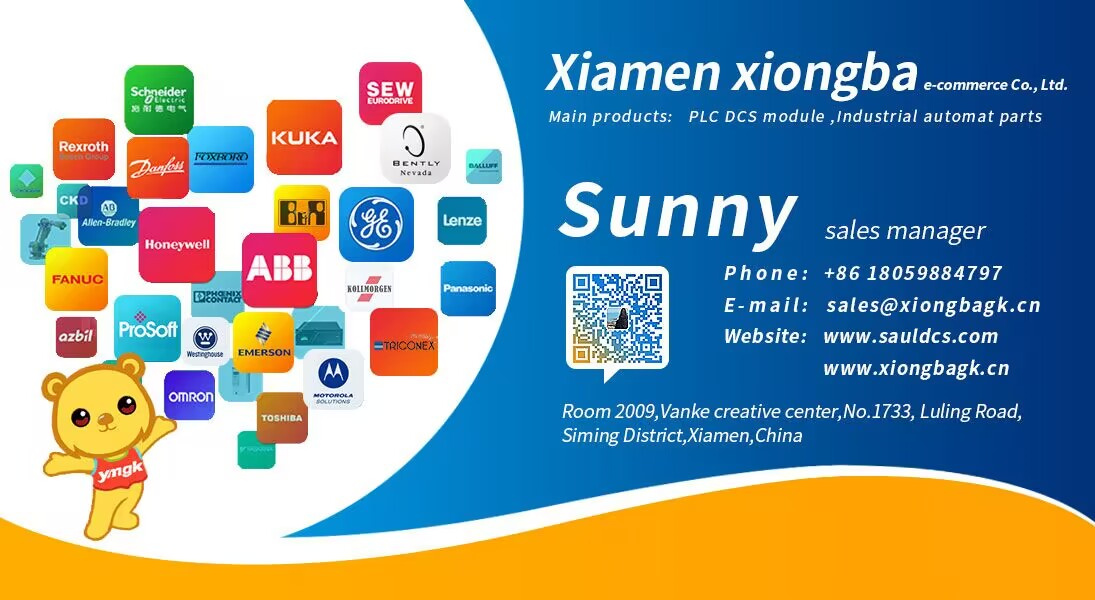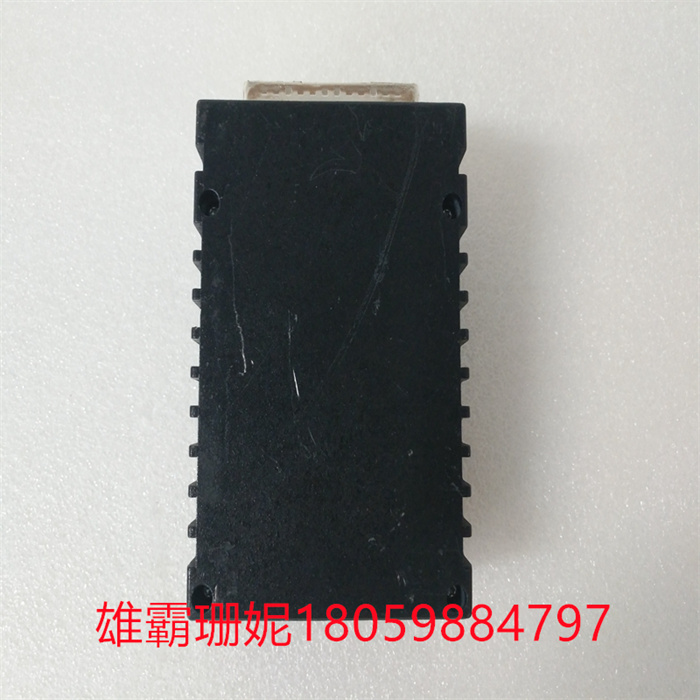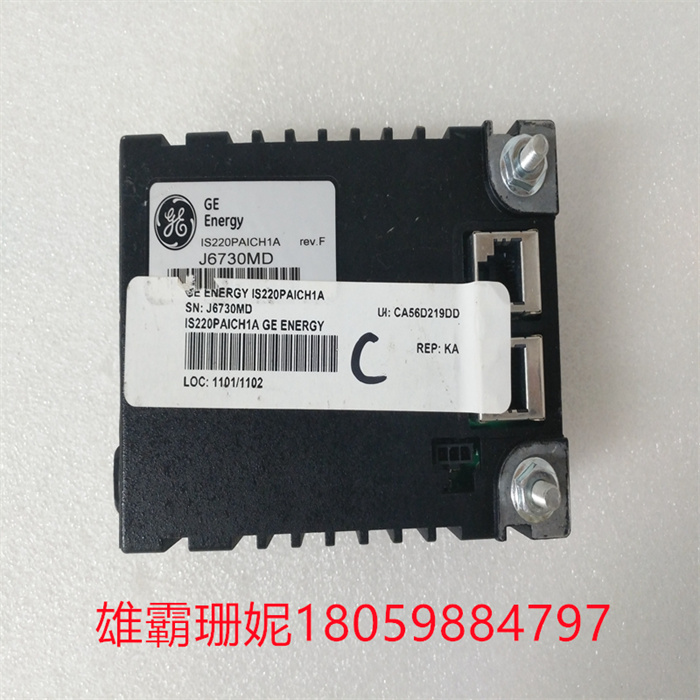GE IS220PAICH1A 336A4940CSP3 电源模件
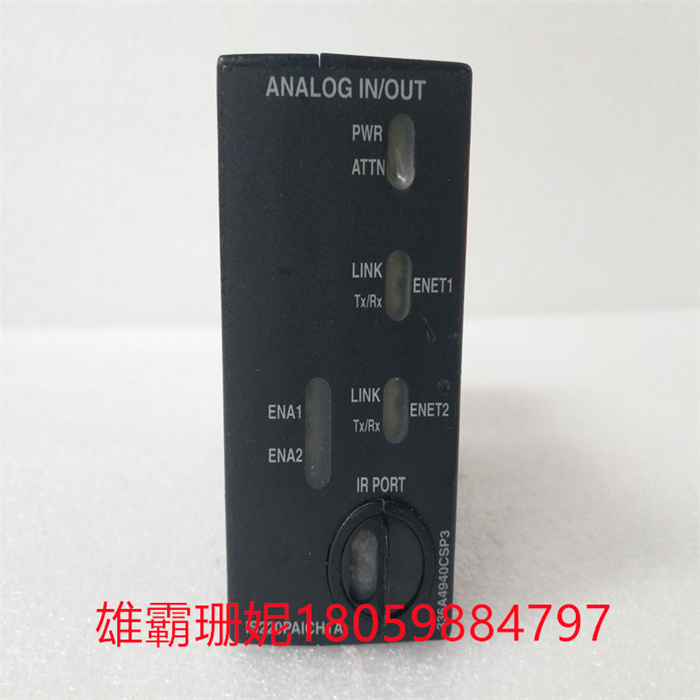
使用半导体基于集成电路储存信息的芯片。数据通常存储在金属-氧化物-半导体(MOS)存储单元。一个半导体存储芯片可能包含数百万个存储单元,由微小的金属氧化物半导体场效应晶体管(MOSFETs)和/或MOS电容。两者不稳定的和非易失性的存在多种形式的半导体存储器,前者使用标准MOSFETs,后者使用浮栅MOSFETs。在现代计算机中,主存储器几乎完全由动态易失性半导体组成随机存取存储器(内存),特别是动态随机存取存储器(DRAM)。世纪之交以来,一种非挥发性的浮动栅半导体存储器被称为闪存作为家用计算机的离线存储器,已经稳步获得了市场份额。非易失性半导体存储器也用于各种高级电子设备和为其设计的专用计算机中的辅助存储。使用不同的模式磁化在一个有磁力地储存信息的涂层表面。磁性存储器是非易失性的。使用一个或多个可包含一个或多个记录传感器的读/写头来访问信息。读/写头仅覆盖表面的一部分,因此为了访问数据,头或介质或两者必须相对于另一个移动。在现代计算机中,磁存储将采取以下形式
一级存储的形式磁存储器,或者磁心存储器,芯绳存储器,薄膜存储器和/或扭转存储器;第三代(例如CRAM克拉姆)或磁卡形式的离线存储;那时,磁带经常被用作二级存储。像闪存和可重写光学介质一样,磁性存储没有明确的重写周期限制,因为改变磁场不会导致物理磨损。相反,它们的寿命受到机械部件的限制
GE IS220PAICH1A 336A4940CSP3 电源模件
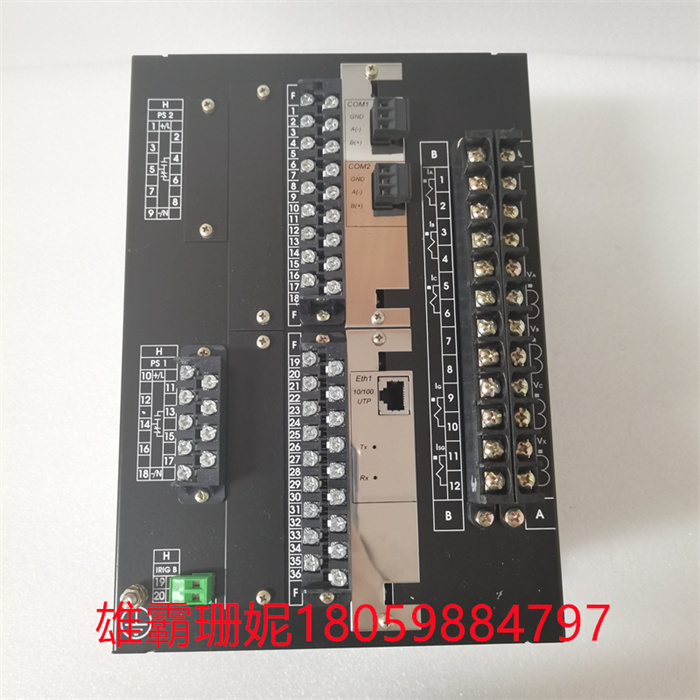
A chip that uses semiconductors to store information based on integrated circuits. Data is usually stored in metal-oxide-semiconductor (MOS) memory cells. A semiconductor memory chip may contain millions of memory cells, which are composed of tiny metal oxide semiconductor field effect transistors (MOSFETs) and/or MOS capacitors. There are many forms of semiconductor memories, both of which are unstable and nonvolatile. The former uses standard MOSFETs and the latter uses floating-gate MOSFETs. In modern computers, the main memory is almost entirely composed of dynamic volatile semiconductors, random access memory (RAM), especially dynamic random access memory (DRAM). Since the turn of the century, a nonvolatile floating gate semiconductor memory called flash memory has steadily gained market share as an off-line memory for home computers. Non-volatile semiconductor memories are also used for auxiliary storage in various advanced electronic devices and special computers designed for them. Using different modes to magnetize on a coating surface that magnetically stores information. Magnetic memory is non-volatile. Information is accessed using one or more read/write heads, which may include one or more recording sensors. The read/write head covers only a part of the surface, so in order to access data, the head or the medium or both must move relative to the other. In modern computers, magnetic storage will take the following forms.
Magnetic memory in the form of primary storage, or magnetic core memory, core rope memory, thin film memory and/or torsion memory; Third generation (such as CRAM Cram) or offline storage in the form of magnetic card; At that time, magnetic tape was often used as secondary storage. Like flash memory and rewritable optical media, magnetic storage has no definite rewriting period limit, because changing the magnetic field will not lead to physical wear. On the contrary, their life is limited by mechanical parts.

